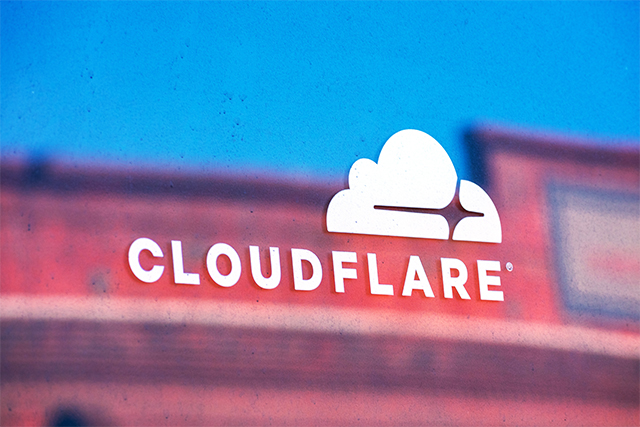Increased cybersecurity attacks with the shift to remote work
January 22, 2021The global pandemic has resulted in more workers establishing remote offices from within their homes. As a result, both home internet usage and the risk of cybersecurity attacks have increased.
Cloudflare is one of the internet’s biggest networks and focuses on increasing both the security and performance of websites. The company reported a spike in internet traffic of more than 50% in late March 2020, when stay-at-home orders began.
This has led to expediting new cybersecurity methods that the company likens to water filtration systems: the idea is all users connect through a cybersecurity network, like Cloudflare, which ensures that all data passing through is clean.
Remote work, saysCloudflare co-founderand COO Michelle Zatlyn, “has underscored the value of cloud-based cybersecurity software instead of on-premise hardware that is meant to protect a single location of a corporate network,” in an article for Business Insider.
Cloudflare’s goals are set very high. Zatlyn has said that cybersecurity,as it exists today,will no longer exist in 10 years, in part due to the “water filtration” approach.
“I have a point of view that cybersecurity is going to be a thing of the past the next decade because I think technology is going to solve those problems,” says Zatlyn, by identifying and removing bad actors earlier in potential attacks, though she cautions that the technology is not there yet.
For example, the increase in working from home has led to a direct increase in cyberattacks, reports Business Insider, with a number of executives reporting an increase in phishing attacks.
As reported by Tom Kelly for Security Magazine, “Hackers have adapted to the realities of remote work and telecommuting by impersonating trusted tech platforms. Skype, Zoom and Google Meet users are now the targets of manipulative cybercrime.”
Phishing attacks can be limited by spam blockers, but there is currently no 100% foolproof method for preventing these emails from reaching users. Hackers are also experts in social engineering and have turned to creating emails with fake pandemic-related news or masking as health organizations.
“The only surefire way to fight back against phishing scams is to educate employees on the signs and help them improve their personal cybersecurity hygiene,” says Kelly.
Cloudflare hopes to combat all cybersecurity issues through their products. The pandemic and stay-at-home orders have enabled the company to test their own products on their own staff.
“Cloudflare Access replaces corporate VPNs with Cloudflare’s network,” says Sam Rhea in the Cloudflare blog. “Instead of placing internal tools on a private network, teams deploy them in any environment, including hybrid or multi-cloud models, and secure them consistently with Cloudflare’s network.”
Administrators determine who has access to what, and the system requires authentication, which is verified against the list of approved users.
Only time will tell if Cloudflare can live up to providing a new, “zero-trust” environment for cybersecurity threats, thereby stopping all attacks before they can start. For those in the cybersecurity world, new methods to combat cyber-attacks will always be a priority.
Want to learn about cybersecurity? View the full list of bachelor’s, master’s and doctorate degrees in cyber and information security. Many courses are available both on-campusand online. To learn more about Capitol Tech’s degree programs, contact admissions@captechu.edu.



